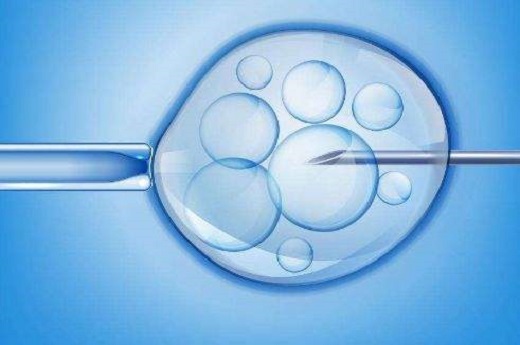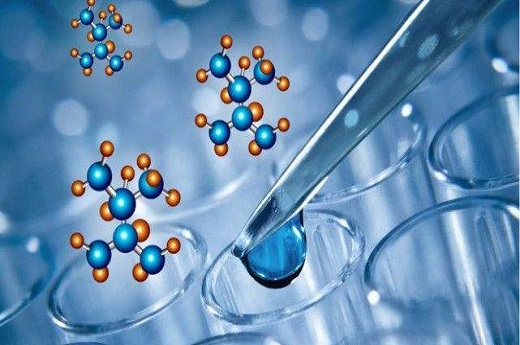这篇文章给大家聊聊关于四川成都试管婴儿需要多少钱,以及成都试管婴儿的价格要多少对应的知识点,希望对各位有所帮助,解决您目前的疑问。
一、成都试管婴儿的价格要多少
近几年,虽然大部分人的生活水平越来越高,但因为生活压力的增大,不少人或多或少出现了亚健康问题,不孕不育就是其中的问题之一。为了生育出自己的宝宝,试管婴儿成为了一项热门的助孕选择,但试管婴儿并不是每个人都能做的,而且试管婴儿的费用问题也成了有些家庭的负担。那么在成都做一次试管婴儿究竟要多少钱呢?
一般成都做一次试管婴儿的费用大概在8-10万元人民币左右,其中的费用内容让我们来详细说一说。

1、检查费用:术前夫妻双方要进行全面的身体检查,方便让专家以此报告作为评估依据。如果检查出夫妻双方有影响试管的疾病,需要提前调理,以免耽误进周时间。
2、促排卵费用:由于个体的差异,每一个患者使用的促排药物剂量、使用的药物时间和种类都不一样,所以这部分的费用就会有所不同。
3、手术费用:这部分包括了女性取卵手术、实验室胚胎培养、胚胎移植的费用,常规的试管婴儿技术是指精子和卵子在体外自然受精,费用相对便宜。而如果采用ICSI技术,即将男性精子人工注射入卵子内受精的技术,费用可能会略贵一些。
4、胚胎冷冻费用:胚胎移植后如果还有剩余的胚胎可以进行冷冻保存,这时大家就要多交一笔冷冻胚胎和胚胎管理的费用。
关于成都试管婴儿的价钱以及费用内容都介绍完了,建议各位想要去做试管婴儿的朋友,在准备期间要慢慢调理身体,养成良好的生活习惯,保持乐观和平常的心态,选择正规有资质的试管医疗机构,以此保障试管婴儿的成功率。
二、想在成都做试管婴儿要花多少钱啊
1、试管婴儿是指采用人工方法让卵细胞和精子在体外受精,并进行早期胚胎发育,然后移植到母体子宫内发育而诞生的婴儿。这种手术建议一定要去正规的大医院做,而且费用的话要看每个人的情况的,一般是不超过二万块的,但是收费标准医院与医院之间都是不一样的。加上每个人的身体状态不一样,所需要的费用也不一样。具体情况你最好咨询所要就诊的医院。
2、就诊时最好携带过去检查及治疗的资料及证明,以免浪费时间做重复检查。资料包括:

3、1.输卵管通畅性检查的报告:子宫输卵管碘油造影的X光片、B超下通液的报告或腹腔镜检查或开腹手术的医院证明均可。
4、2.是否排卵的检查:一年内的子官内膜病理报告和近期三个月的基础体温单。
5、3.近半年来丈夫的精液常规实验室检查报告。
6、4.夫妇双方乙型肝炎表面抗原抗体、e抗原抗体和核心抗体,丙肝抗体,肝功能、血型化验报告,女方血沉、结核菌素试验;血清爱滋病毒抗体。
7、上述资料齐全后,可到不孕症治疗中心就诊,正式进入周期前,在预期月经来潮前十天就诊,再次妇科检查,进行试验移植,探测子宫腔深度及移植胚胎时导管方向。
好了,本文到此结束,如果可以帮助到大家,还望关注本站哦!






